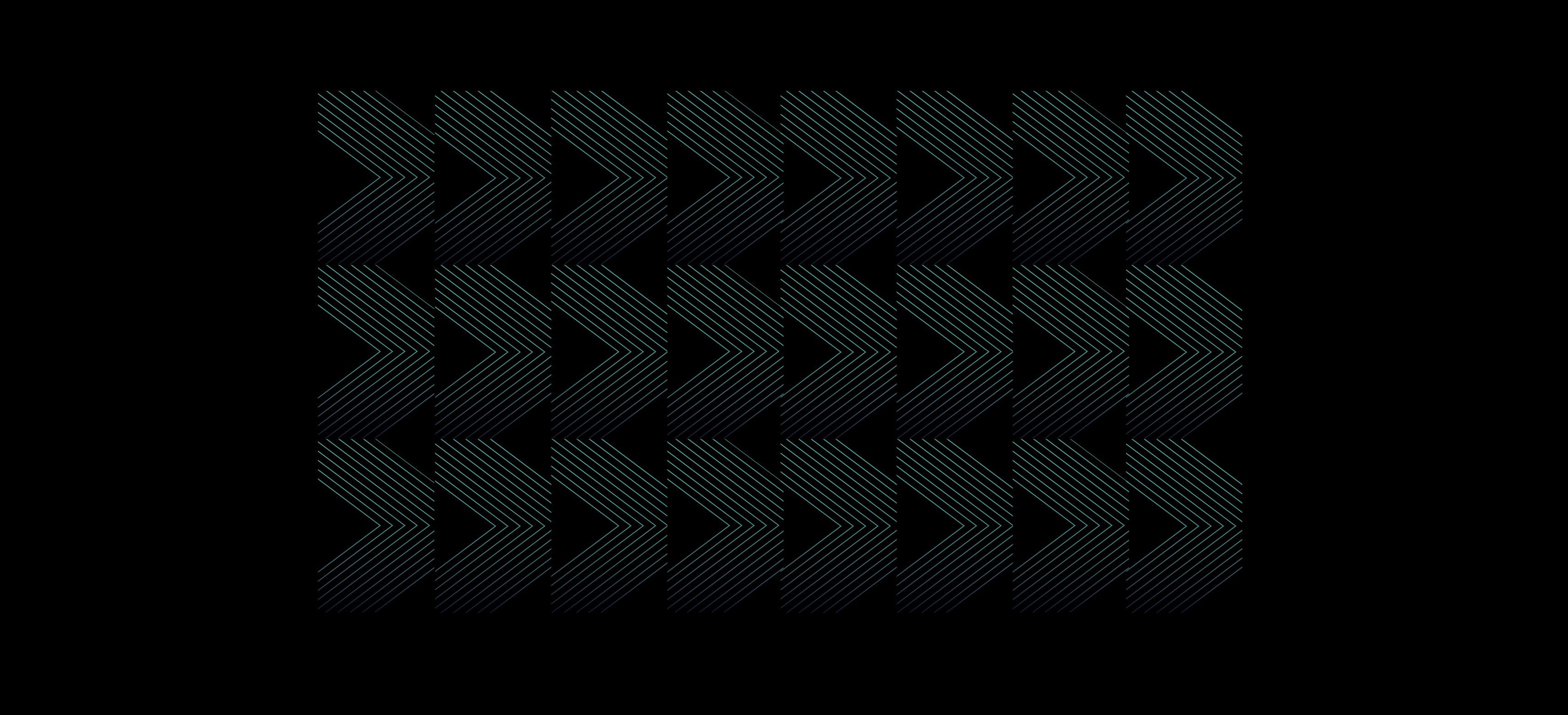These days everybody is talking about design thinking and user experience (UX) - but what does it really mean and why is it essential?
More importantly, how can it be applied to wealth management and financial advice experiences?
Design-driven organizations engage in a human-centered design methodology. As the name implies, the human-centered design focuses on the human.
Historically, wealth management and financial advisory firms have prided themselves on strong customer relationships built on delivering trusted, personal advice. While this fiduciary relationship remains, businesses need to adapt to changing customer expectations. People of all ages are experiencing newer, more seamless and personalized digital experiences in almost all aspects of their lives and wealth management and financial advisory firms must follow suit.
Solving real problems for real people
Why does it matter? There are measurable business impacts that occur. The process is specifically built around empathy for people’s needs first, then creating solutions for those needs. A framework is created which defines and validates problems to solve. The outcome is what makes this process different from simply putting out a product or feature without considering the effect.
A recent study published by InVision called “The New Design Frontier,” explored the relationship between design practices and business performance. They surveyed 2,200 companies, spanning 24 different industries, within 77 countries. The study concluded that companies that operate with a higher design maturity saw an impact on cost savings, time to market and revenue - just to name a few.
Another example of measurable design practice is the UX fund. This UX fund was an experimental fund that specifically invested in companies that focus on delivering great user experiences - design-driven companies such as Apple, Google, Netflix, etc. The UX fund reported performance that beat the market over a 10-year timeframe.
Through design thinking, the focus remains centered around the usability of the product - by creating well-crafted, design products and services catering to the human experience. The end result is solving real problems for real people.
Applying human-centered design
How can human-centered design be applied to wealth management and financial advice experience?
Maybe it goes beyond a static quarterly performance report. Or if that’s what your clients rely on, how can it be improved to solve a real need? Is it a piece of information related to their goal, which would make an investment decision easier, clearer? Maybe it is the knowledge of what others in their demographic are doing?
Don’t be afraid to do some user testing to validate your assumptions. There is nothing more honest than your client giving honest feedback - it allows you to go back and iterate the idea quickly in order to arrive at the solution faster. Build empathy for your user while focusing on the entirety of the client-advisor experience.
Make it personal
Personalized experiences are what clients have come to expect these days. Netflix knows what they should watch, Amazon recommends purchases - their advisor experience should be no different.
Context is a good starting point to understand needs. What challenges do they face? What problems exist? Are there events surrounding them that contribute to their needs? Perhaps they are starting a new family or are worried about college costs, building empathy for your clients will define specific needs that you can solve for right now.
Remember that performance report that I mentioned earlier, perhaps it becomes a good vehicle to recommend an action? Then it becomes a two-way communication tool rather than a static report.
Maybe it's a good time to look at charitable giving? There are so many avenues you can explore to make the advice experience less static and more personal.
The big picture
Many interactions with products and services go beyond the screen. It’s equally important to keep the physical and analog experience in mind. Put yourself in your clients' and prospects' shoes.
How does it feel to walk into your office? Does your physical space, where you meet with clients, reflect your brand? Does it enhance the experience? If not, what are some ways in which you can make it more inviting? It could be as simple as providing a favorite drink or snack items to make a client feel welcome, or maybe decorating your office space to make it more inviting.
In addition, what does your online presence say about you? These days, your online presence matters. Own your search results and extend your professional brand across LinkedIn, Facebook, Twitter, blog posts, professional societies, etc. Think about how you can improve your online reputation.
When looking at the big picture, think outside the screen. Are customers praising a particular feature you’re offering - like on-demand video calls? Or a Groupon for common goal-based planning seminars? Yes, these may be unconventional ideas but if they are solving a need then you’re surely going to get interest.
The point is to be open and present while understanding the human for optimal success. AdvisorEngine® wants to be a resource to help you succeed by integrating design thinking methodology into your practice. Together we can solve complex problems and find desirable solutions to enhance every client experience.
If you have been considering adding new technology to create great client experiences, I also recommend that you read this article to make sure you are embracing technology.
This blog is sponsored by AdvisorEngine Inc. The information, data and opinions in this commentary are as of the publication date, unless otherwise noted, and subject to change. This material is provided for informational purposes only and should not be considered a recommendation to use AdvisorEngine or deemed to be a specific offer to sell or provide, or a specific invitation to apply for, any financial product, instrument or service that may be mentioned. Information does not constitute a recommendation of any investment strategy, is not intended as investment advice and does not take into account all the circumstances of each investor. Opinions and forecasts discussed are those of the author, do not necessarily reflect the views of AdvisorEngine and are subject to change without notice. AdvisorEngine makes no representations as to the accuracy, completeness and validity of any statements made and will not be liable for any errors, omissions or representations. As a technology company, AdvisorEngine provides access to award-winning tools and will be compensated for providing such access. AdvisorEngine does not provide broker-dealer, custodian, investment advice or related investment services.



